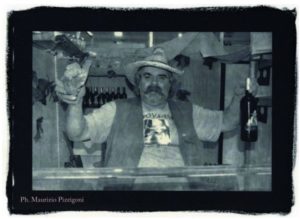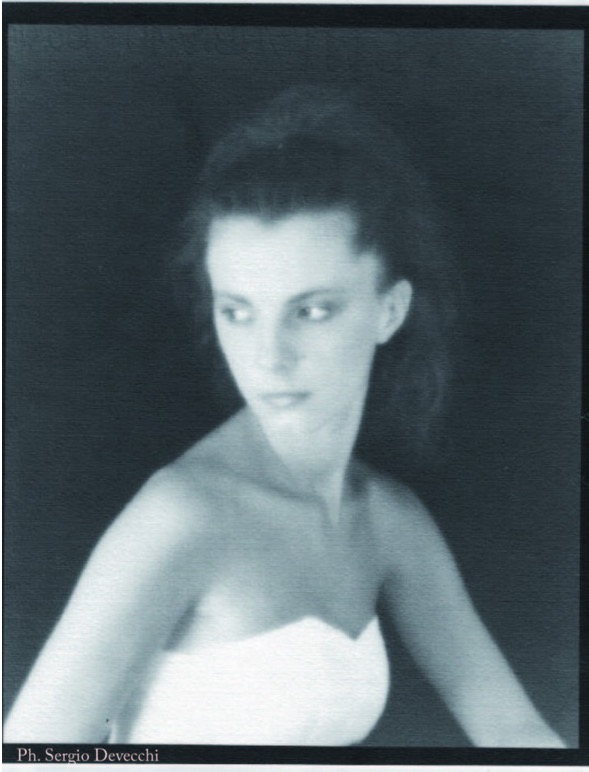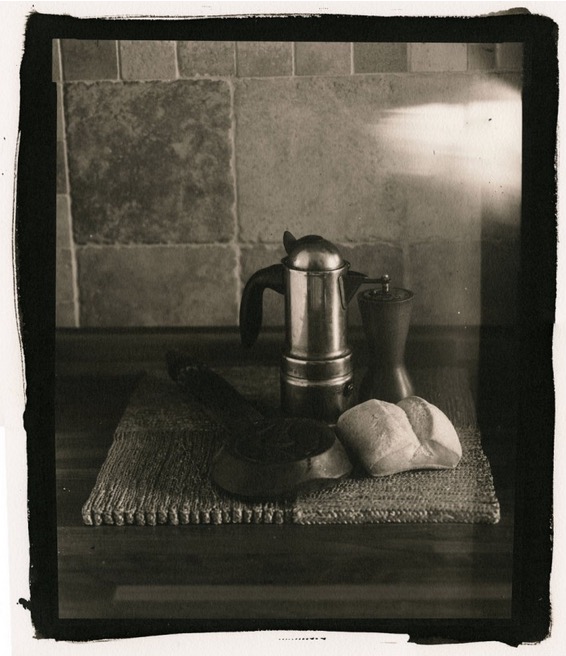
Preparation of the solution of Ferric Oxalate.
Fe2(C2O4)3.5H2O.
A compound chemically indefinable. The best approximation is “a complex of Ferric Oxalate “.
It can easily create different polymers. For this reason, many different forms of crystallization, that are created during the preparation, could influence the solvability of the product.
In the preparation it is usually present a small excess of oxalic acid to improve the conservation of the product. This excess, irrelevant for the technique of Platinum / Palladium, makes it unusable for Kallitype.
This procedure is applied to the majority of Ferric Oxalate commercially available.
To get a solution at about 27% proceed as follows: weigh 27gr of crystals and add to 120ml of demi water heated to no more than 50-60 °c stirring with a glass or plastic rod. This can be done for a few tens of minutes. It would be really useful to have a magnetic stirrer/heater. The initial excess of water is necessary because the solution to 27% is almost saturated and if you do not exceed with the water, you cannot get the clear solution. After the oxalate has dissolved, it is left at a temperature until the excess water evaporates back to the required volume. Residual turbidity is eliminated by filtering on filter paper; the color of the final solution varies according to the amount of free oxalic acid present:
A golden amber color indicates the absence of free oxalic acid. (This Solution is obtained with the LabOldTech Ferric Oxalate that melts in maximum 30 minutes).
A yellowish color is an indicator of small amounts of free oxalic acid.
A green fluorescent staining indicates a greater amount of free acid.
To use it in the process of Kallitype, where the presence of free acid can give impurities that interfere negatively, it’s necessary to eliminate this excess. You can verify the presence of free acid in it with a 10% solution of silver nitrate. If you add a few drops of the solution in a couple of milliliters of Ferric Oxalate, the presence of turbidity is an indication of the presence of oxalic acid. To remove the free oxalic acid, add small amounts of Ferric Nitrate waving and repeating the test until the disappearance of turbidity.

Ziatype beginners kit
Ziatype Ziatype Beginner kit (Kit09) Kit contents Sensitizing: Ammonium Ferric Oxalate sol.A 25ml Ammonium Ferric Oxalate contrast sol.B

Wet plate Collodion-formulating Poe Boy
Collodion process-Poe Boy formula (No ether/No cadmium) The procedure for the collodion “poe boy”, or “poor boy” as some say, is interesting for it does

Wet plate Collodion-Old Work-Horse process
Old Work-Horse for positive process 1°- Collodion solution (part A) pour 220 ml plain collodion into a 500 ml beaker slowly, add 140 ml ether











